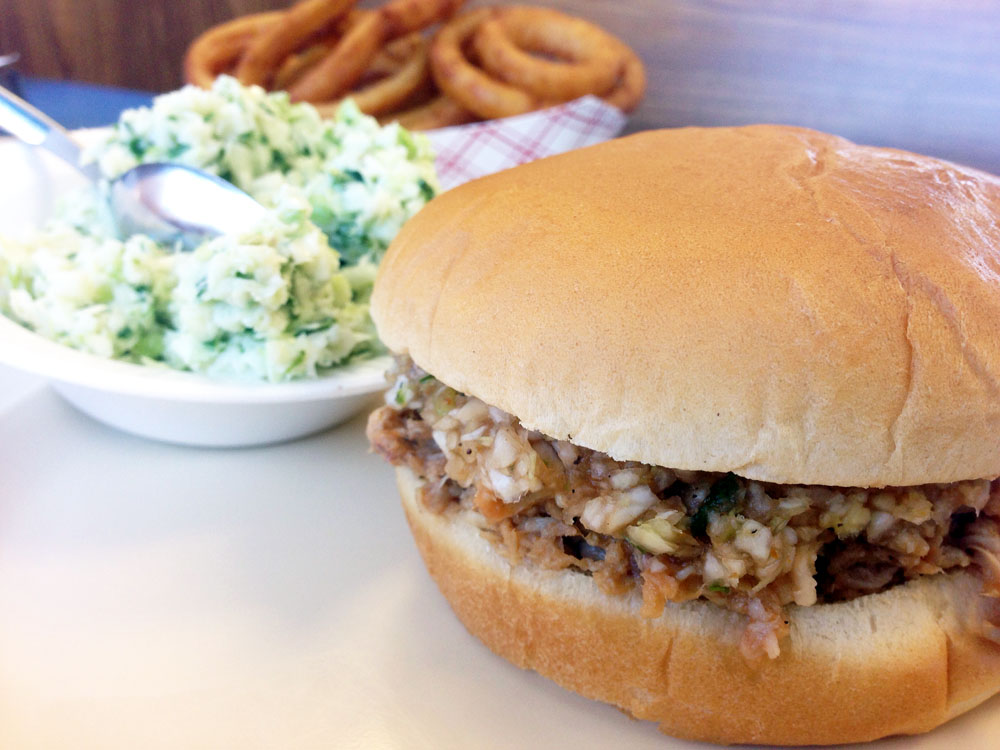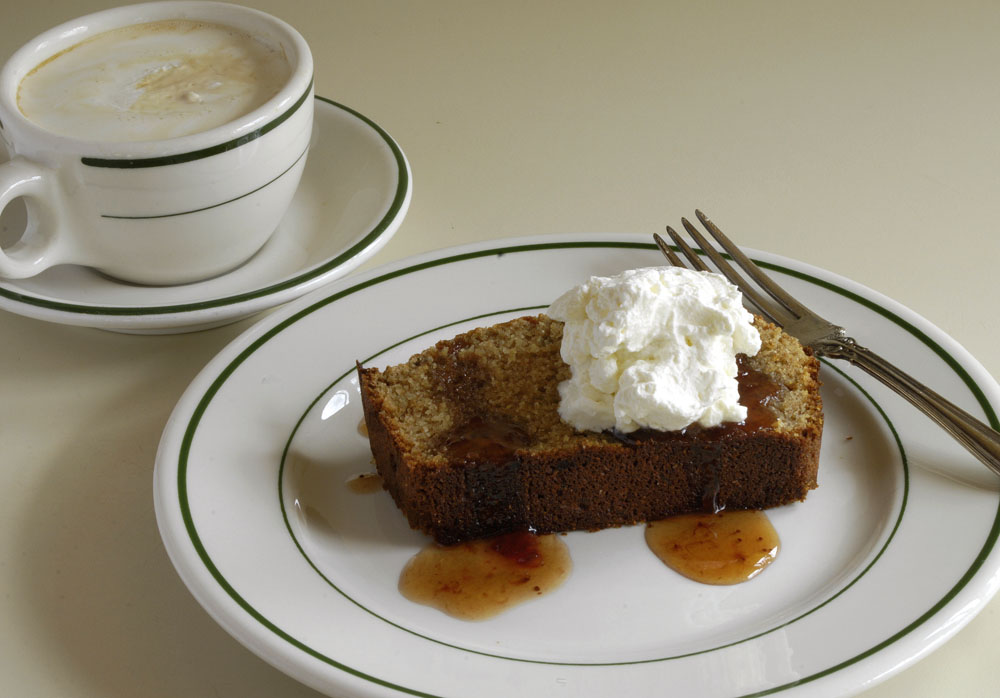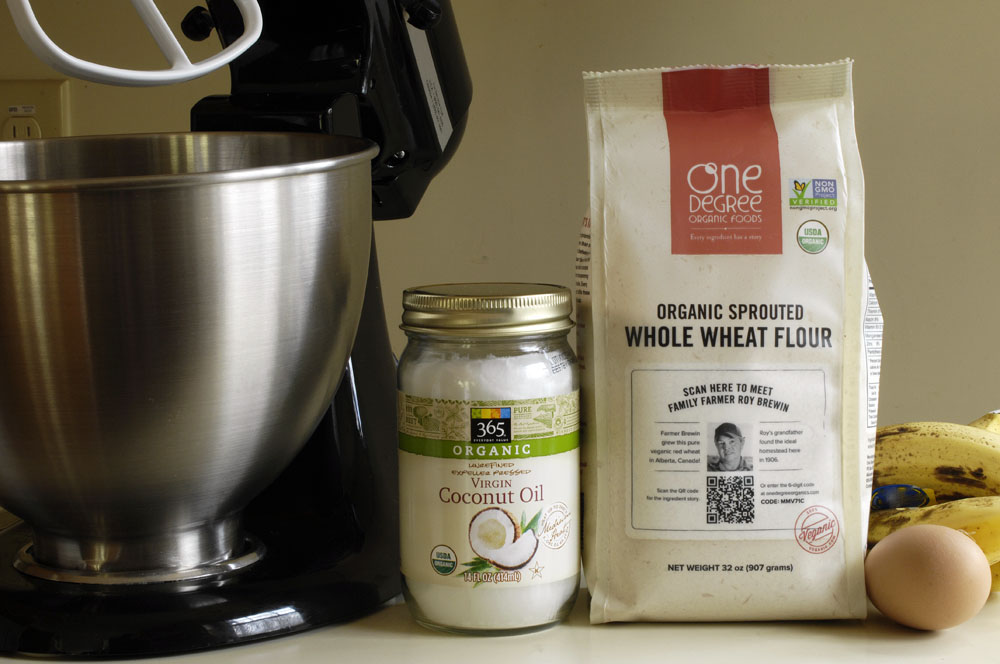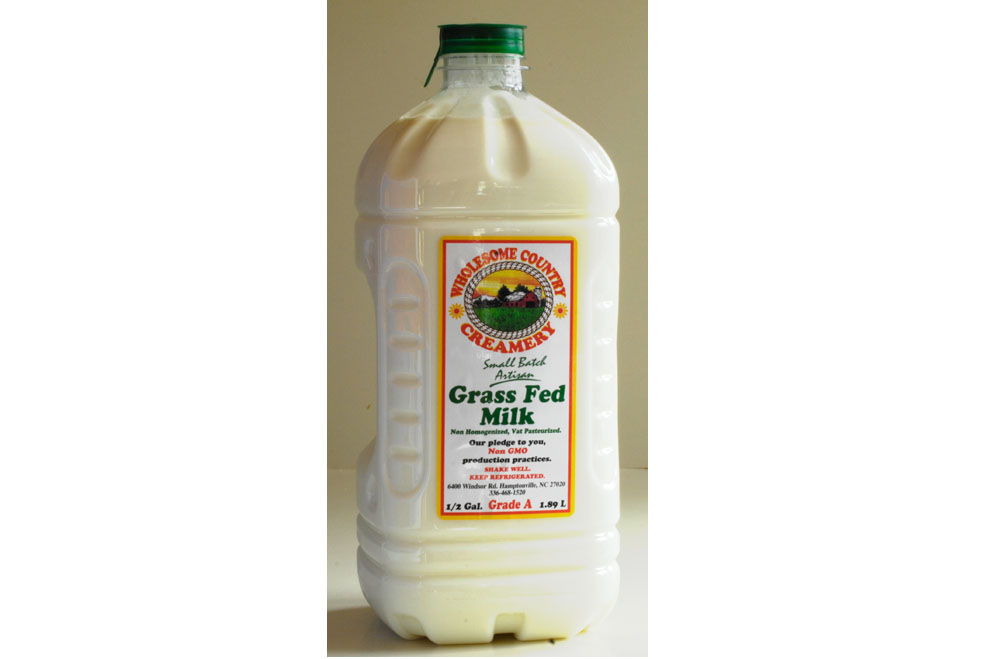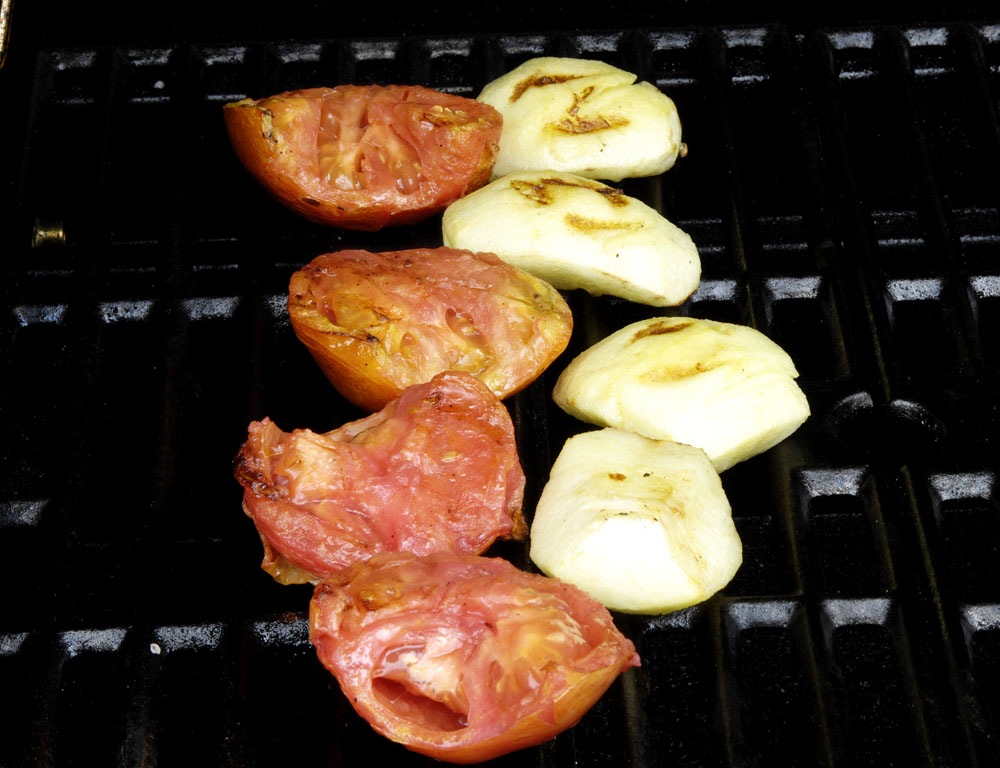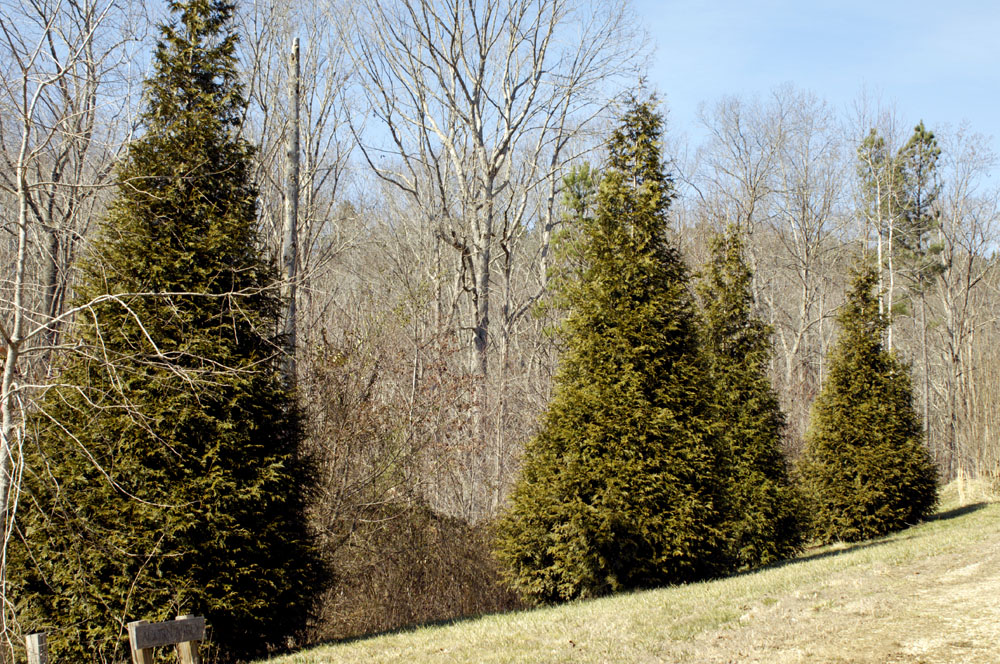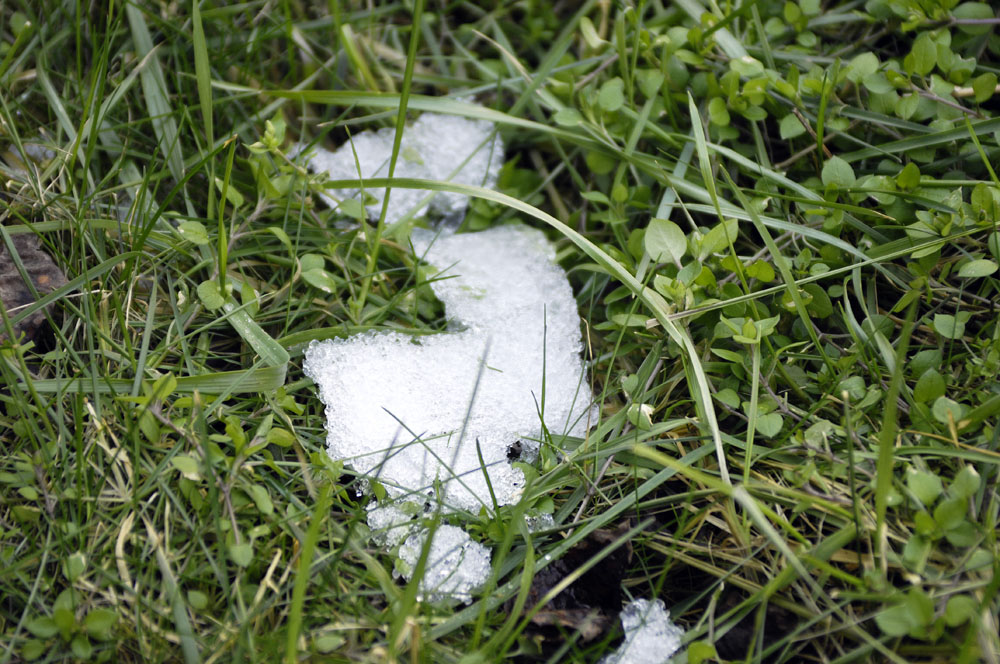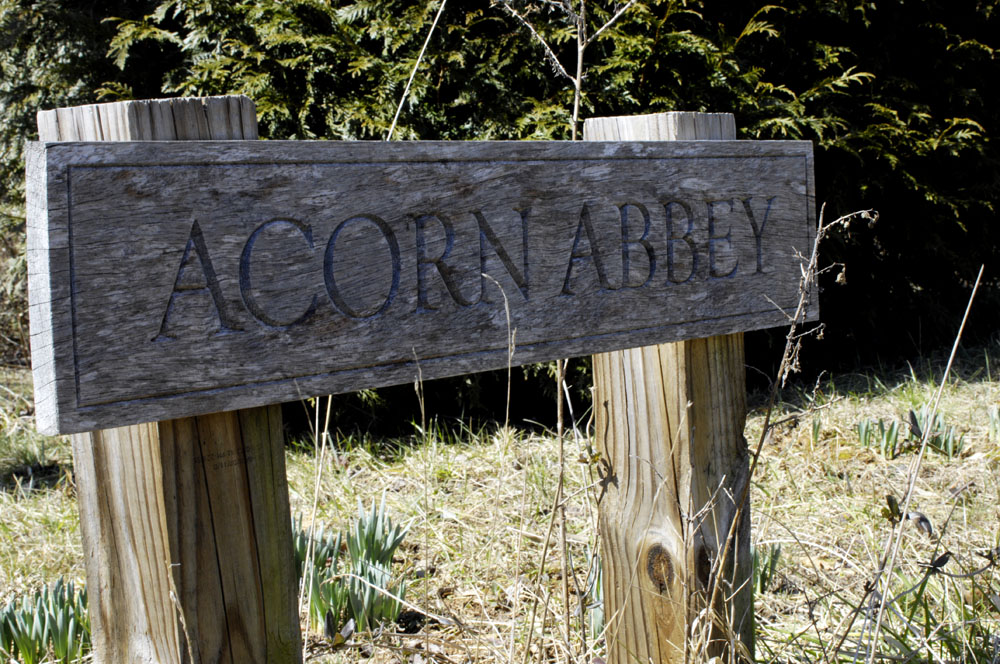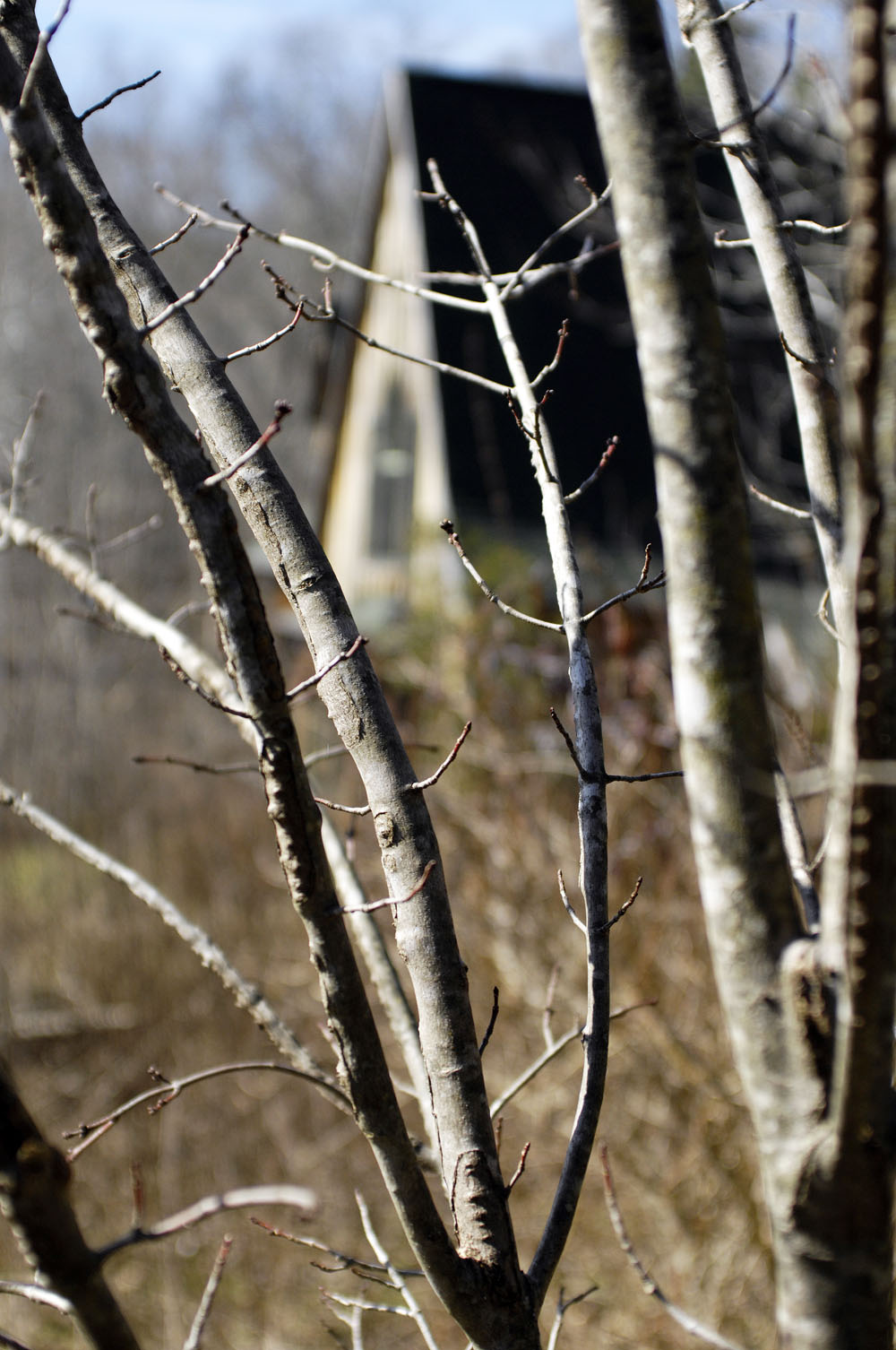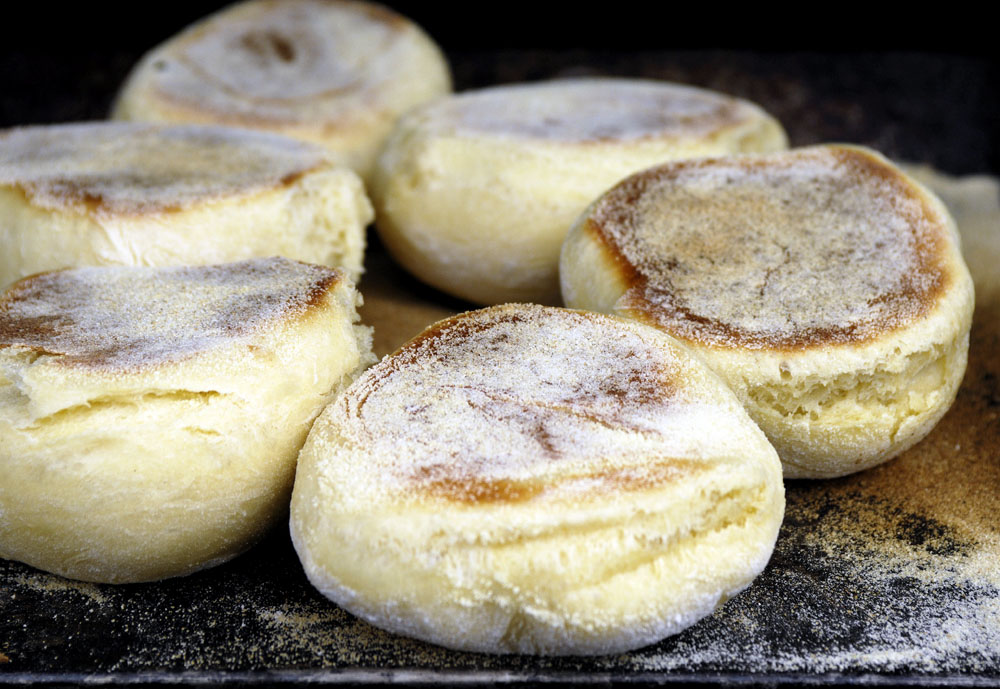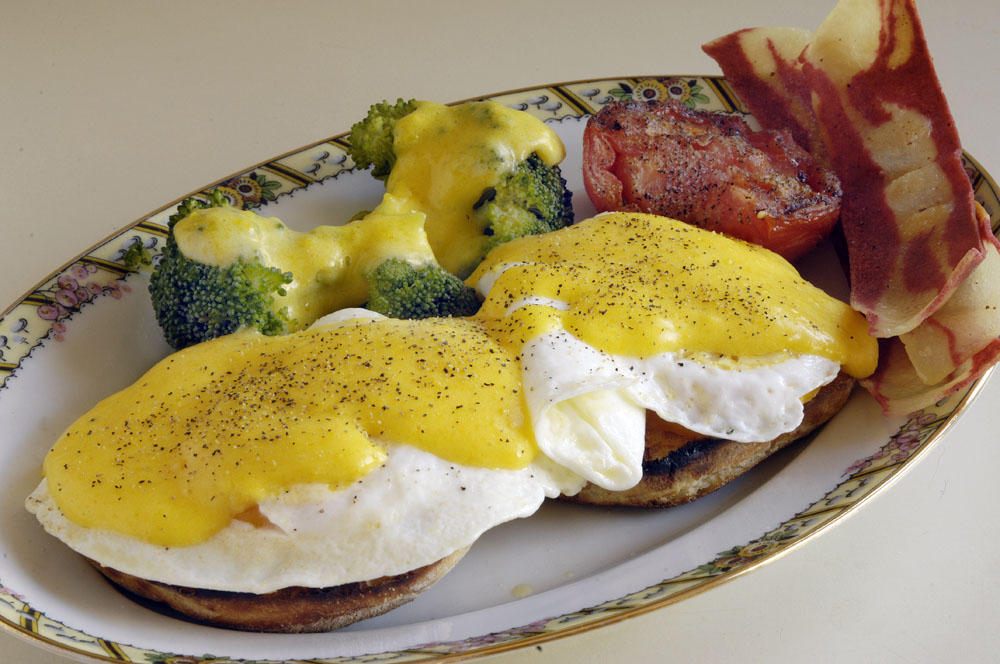I am not strictly a vegetarian, but I seldom eat meat. I pretty much never cook meat at home, partly because I hate looking at and handling raw meat, and I detest the mess it makes in the kitchen. So, if I eat meat, it’s because I’m out and about.
Pork barbecue is one of the few foods that North Carolina is famous for. North Carolina barbecue fits into two regional categories — eastern barbecue, and what we farther west call “Lexington style” barbecue, because Lexington, North Carolina, is ground zero for it.
Michael Pollan, in his 2013 book Cooked — a natural history of food — uses North Carolina barbecue to illustrate cooking with fire. North Carolina barbecue is slow-cooked and smoked over savory woods. It is served sliced or chopped with a sauce that is heavy on vinegar and reddened with tomato. It is frequently served with a slaw in which the cabbage is dressed with a sauce similar to the barbecue sauce.
This barbecue sandwich (Lexington style) is at Fuzzy’s barbecue at Madison, which is in Rockingham County. I stopped at Fuzzy’s and ate what the natives eat while waiting for my Jeep to have its annual safety inspection.
P.S. Note the spoon that came with the side serving of slaw. I am not certain whether it’s a regional thing (with Stokes County as ground zero) or a new, less local element of cultural decline in the past few years brought about by the Republican Party and the rolling back of the Enlightenment. But, increasingly, if you order certain foods in local restaurants (beans, for example), you may get a spoon with it and no fork. When this happens, I am instantly paralyzed. One might eat certain deserts with a spoon, or soup. But everything else is eaten with a fork. I would as soon eat slaw with a spoon as vote for a Republican. 🙂

